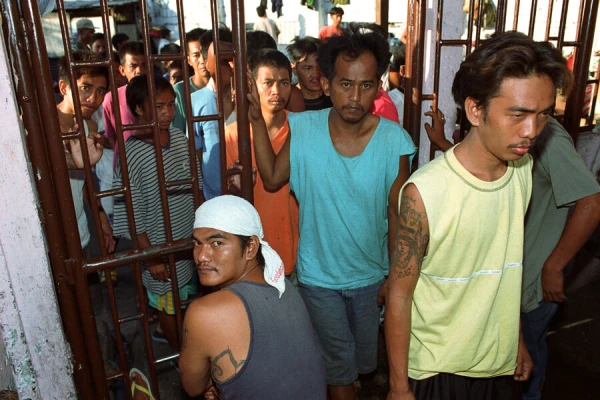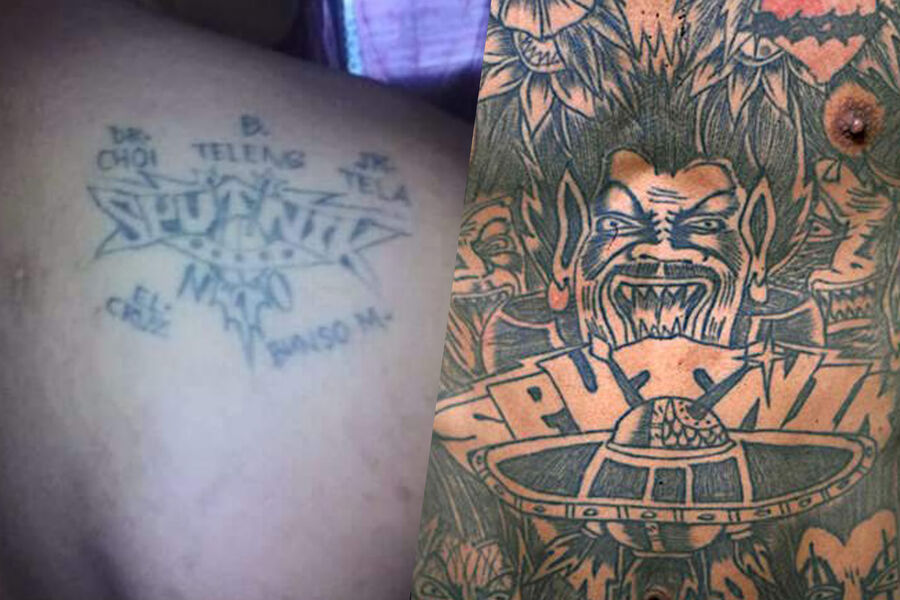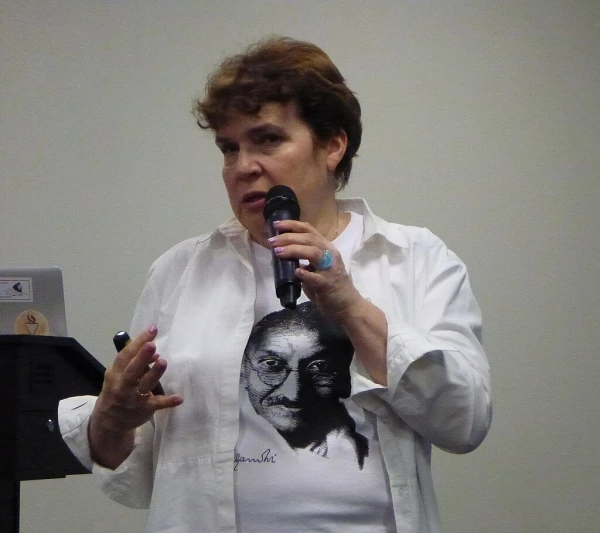
Inmates from this gang are held in the most populated prison in the state.
The Sputnik group, which is also often referred to as Sigue Sigue Sputnik, emerged in the 1960s in Tondo, one of the most densely populated and impoverished areas of Manila, the capital of the Philippines. The gang formed as a result of the breakup of the once larger group Sigue Sigue. It split into two gangs: Sigue Sigue Sputnik (also simply called Sputnik or SSS) and Sigue Sigue Commandos. The former later cannibalized the latter when it reached its peak in numbers, strength, and influence in the 1990s and 2000s.
"The Sputnik gang is the largest in the Philippines. It is so huge that it is difficult to keep track of all its branches at the bottom of the hierarchy. The lower ranks resemble local avengers who keep an eye on the area while their wives and sons simply cheer them on," the authors of a 2006 report from Vice said about the group.
The word Sputnik became part of the gang's name for two reasons. The first is the association with "Sputnik-1." The second is the relevance of this word in the 1960s. Sputnik is one of the most popular words from the Russian language in the world. It was especially popular in the late 1950s and early 1960s, shortly after the launch of the spacecraft.
It also became fashionable in the Philippines during that period, as the country was one of the most loyal allies of the United States in Southeast Asia at the time. Moreover, English is one of the two official languages in the Philippines, which made Filipinos quite knowledgeable about the motives of American propaganda. The launch of "Sputnik-1" by the Soviet Union was met with a strong reaction.
"Among the 'sputniks' (members of the group), there was a certain consensus regarding the origin and meaning of the gang's name. It comes from the name of the Russian orbital satellite in honor of the 'spy' and 'all-knowing' properties of the spacecraft. The 'sputniks' take pride in being always aware of what is happening both inside and outside the prison – 'among friends, enemies, and police,'" stated American sociologist Franklin Ashburn in his 1965 article "Sigue-Sigue Sputnik Gang."
Of course, Sputnik-1 had no spy capabilities. The only thing this spacecraft could do was send out a radio signal of "beep-beep-beep." This does not diminish the significance of its launch but only indicates the capabilities of the spacecraft. However, it is not surprising that such myths surrounded it. After all, Sputnik-1 is also one of the symbols of the Cold War, during which all capitalist countries saw a threat in every achievement of the communists.
Symbol of Brotherhood
Members of the Sputnik gang developed a complex system of rules and customs known as kautusan (translated from Filipino as "code"). Within the group, there is a strict hierarchy: newcomers undergo initiation rituals, senior members enforce discipline, and mutual loyalty is considered absolute.
The kautusan contains 10 commandments:
– Do not "squeal";
– Do not kill your brothers;
– Do not organize another gang;
– Do not be selfish;
– Do not steal from other gang members;
– Do not have your own knife. If you have a knife, it must belong to the leader;
– Do not lie to your brothers;
– Obey your leader;
– Love and respect your mark;
– Be careful.
An important part of the identity of gang members is not only adherence to the commandments of the code but also tattoos known as tatak (translated from Filipino as "mark" or "brand," which is mentioned in the ninth commandment – "Newspaper"). These tattoos are applied to various parts of the body, but the most canonical place is the buttocks. This is because the buttocks are an intimate area, hidden from the eyes of outsiders, including patrolling police.
"Tatak is usually tattooed on the buttocks of gang members. Some of the tattoos that investigators have encountered were referred to as works of art. Talent does not go unnoticed in the gang. Thus, one of the sputniks achieved a high position in prison due to his skill," Ashburn writes.
The themes of tattoos among the sputniks vary. Especially when it comes to large compositions with ornaments that spread across the back or even the entire body, similar to Japanese yakuza. However, some of the most common elements of tatak in this group are the word Sputnik written in Latin letters, an image of a spacecraft, or simply the abbreviation SSS. The word or abbreviation is often combined with an image of a spacecraft (often a flying saucer), rather than the actual "Sputnik-1."

In the 1990s and 2000s, the Philippine authorities conducted a harsh cleanup of the city from bandits. Many criminals died in armed confrontations with the police, and even more people were sent to prisons. Most of them ended up in the same prison.
This refers to the Manila city jail, one of the most overcrowded in the world. It is a city within a city. The prison covers an area of 2.4 hectares and is designed for 1,100 inmates. At its peak, it housed over 6,000 convicts. The main contingent of this prison consists of arrested gangsters. Inside, they continue to divide territory and fight for influence. Both inside the prison and outside of it. And specifically in prison, Sputnik remains one of the most influential gangs in Manila.
Of course, the Philippine Sputnik still makes headlines today, but for more minor reasons. Therefore, perhaps the prison is the last place where tatak in the form of a flying saucer with the inscription Sputnik continues to play an important role.
And at the same time, it serves as a reminder of the influence that the first artificial satellite of Earth had on the entire world, including the poorest corners of the Philippines.














Leave a comment